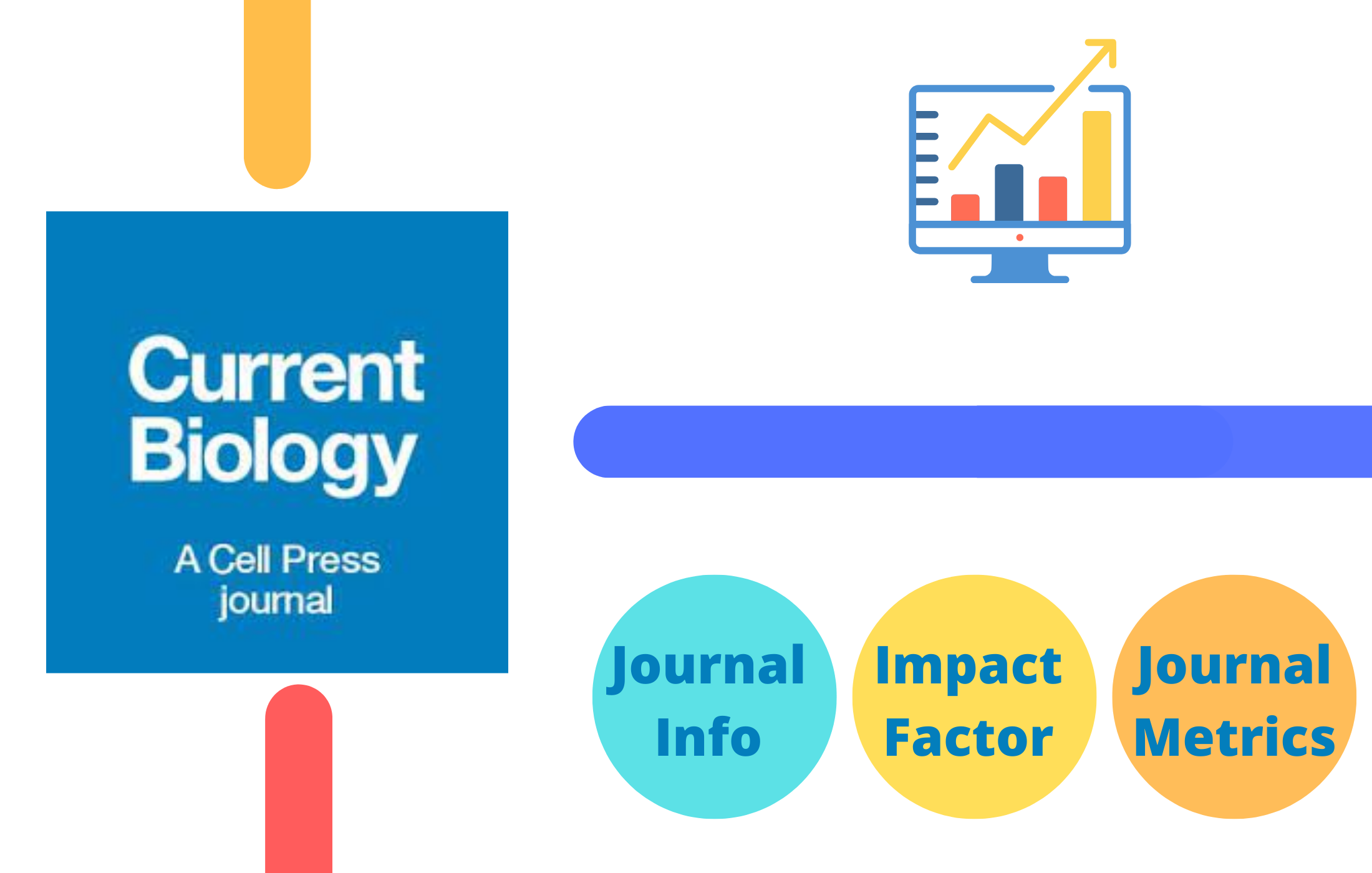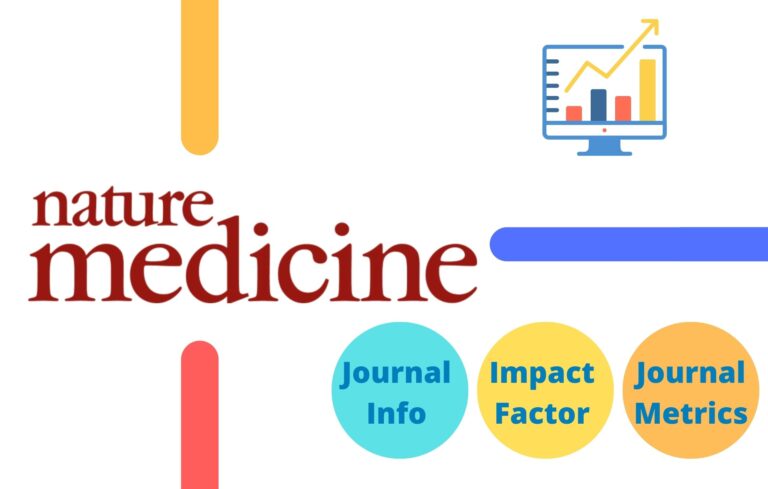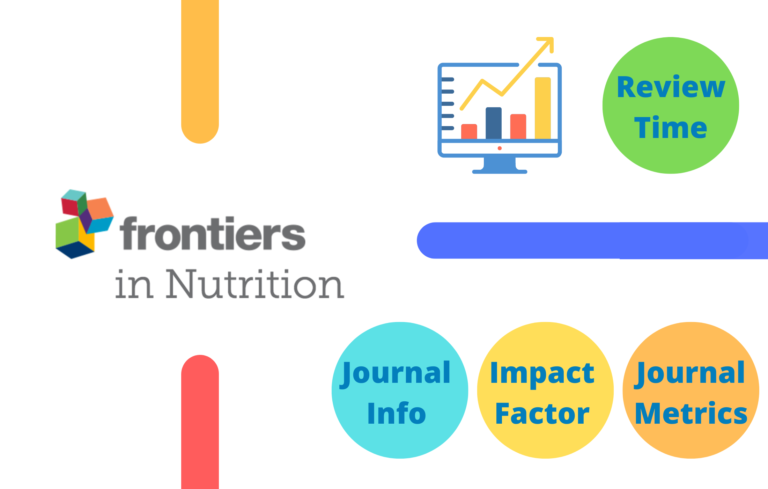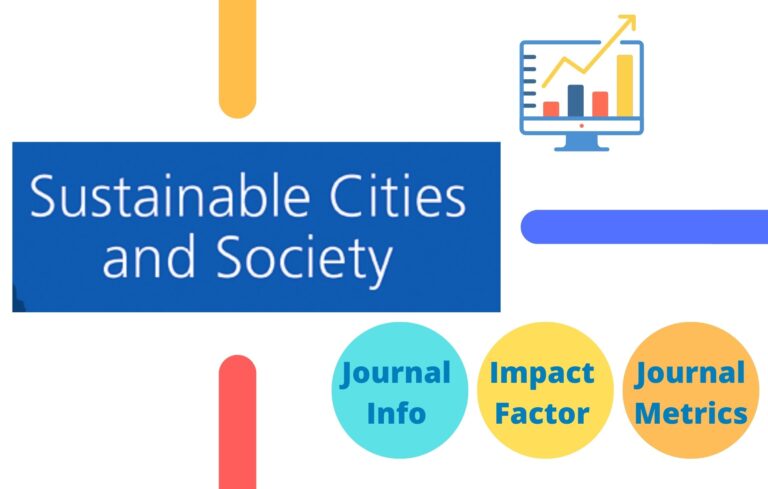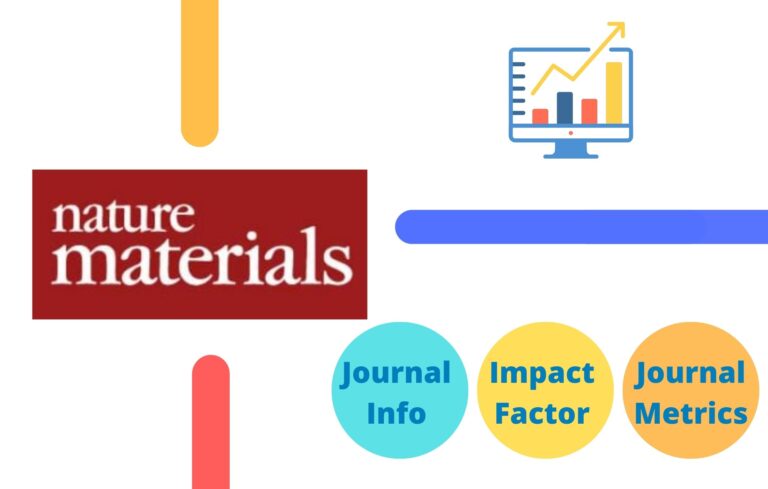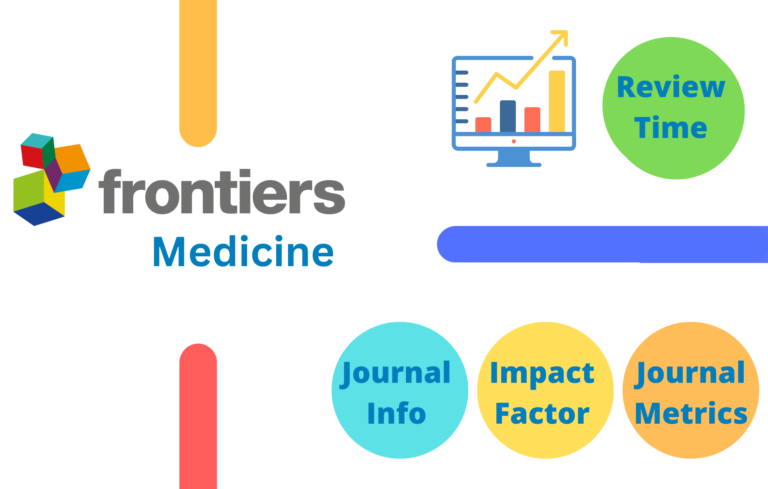Here in this post, apart from Current Biology Impact Factor, I have tried to compile all the necessary information a research scholar would seek before publishing an article in the journal.
About Current Biology Journal
Current Biology is a biweekly peer-reviewed scientific journal that covers all areas of biology, especially molecular biology, cell biology, genetics, neurobiology, ecology, and evolutionary biology. The journal includes research articles, various types of review articles, as well as an editorial magazine section.
Current Biology Impact Factor
Impact Factor (IF) or often called journal impact factor (JIF) is an index provided by an analytics company named Clarivate. The impact factor is calculated by dividing the number of times the articles are cited in the last two years by the total number of publications in those two years.
For example,
- Total Citations in 2020 and 2021 = 5000
- Total Number of Publications in 2020 and 2021 = 500
- Impact Factor of the Journal in 2022 = 500/100 = 10
Current Biology Impact Factor (2017-2023)
- Current Biology Impact Factor 2017 – 9.251
- Current Biology Impact Factor 2018 – 9.193
- Current Biology Impact Factor 2019 – 9.601
- Current Biology Impact Factor 2020 – 10.834
- Current Biology Impact Factor 2021 – 10.9
- Current Biology Impact Factor 2022 – 9.2
Current Biology Impact Factor 2022
Current Biology H-index
The h index is a metric for evaluating the cumulative impact of an author’s scholarly output and performance; measures quantity with quality by comparing publications to citations.

The h index of Current Biology Journal is 331, which means among all the published articles in this journal, 331 of these publications have received at least 331 citations each.
Current Biology Journal Metrics
Current Biology CiteScore
CiteScore (CS) of an academic journal is a measure reflecting the yearly average number of citations to recent articles published in that journal.
| Cites / Doc. (3 years) | 2018 | 5.614 |
| Cites / Doc. (3 years) | 2019 | 5.671 |
| Cites / Doc. (3 years) | 2020 | 6.141 |
| Cites / Doc. (3 years) | 2021 | 6.424 |
| Cites / Doc. (2 years) | 2018 | 5.320 |
| Cites / Doc. (2 years) | 2019 | 5.458 |
| Cites / Doc. (2 years) | 2020 | 5.756 |
| Cites / Doc. (2 years) | 2021 | 5.726 |
Current Biology SCImago Rank
The SCImago Journal Rank (SJR) indicator is a measure of the scientific influence of scholarly journals that accounts for both the number of citations received by a journal and the importance or prestige of the journals where the citations come from.
| Year | SCImago Journal Rank (SJR) |
|---|---|
| 2018 | 3.968 |
| 2019 | 3.958 |
| 2020 | 3.822 |
| 2021 | 2.905 |
Current Biology Editorial Board Members
- Chief Editor | Geoffrey North
- Senior deputy editor | Deborah Taylor
- Senior scientific editor | Florian Maderspacher, Cyrus Martin, Anne Knowlton, Christine Cosma
- Associate Editor | Jared Fudge
Current Biology Publication Fee
Current Biology is an open-access journal. The publication fee for Current Biology is £5,360, €5,990, $6,700
Current Biology Review Time
Current Biology prioritizes rapid publication and uses single-blind peer review, which is standard across Cell Press journals.
| Initial decision to review | 1–3 days after submission |
| Decision after review | 2–4 weeks after submission |
| Anticipated timeframe for suggested revisions | 2–3 months (with flexibility if needed) |
| Time to online publication | 4–6 weeks after acceptance |
| Time to print publication | within 3 months of acceptance |
Current Biology Reference Style
There are no strict requirements on reference formatting at submission.
Article in a periodical: Sondheimer, N., and Lindquist, S. (2000). Rnq1: an epigenetic modifier of protein function in yeast. Mol. Cell 5, 163–172. 10.1016/S1097-2765(00)80412-8.
Article on a preprint server or other repository: De Virgilio, C., Hatakeyama, R., Péli-Gulli, M.-P., Hu, Z., Jaquenoud, M., Osuna, G.M.G., Sardu, A., and Dengjel, J. (2018). Spatially distinct pools of TORC1 balance protein homeostasis. Preprint at Mendeley Data, 10.17632/m9s42s94fc.1.
Article in a book: King, S.M. (2003). Dynein motors: Structure, mechanochemistry and regulation. In Molecular Motors, M. Schliwa, ed. (Wiley-VCH Verlag GmbH), pp. 45–78.
An entire book: Cowan, W.M., Jessell, T.M., and Zipursky, S.L. (1997). Molecular and Cellular Approaches to Neural Development (Oxford University Press).
Websites: United Nations. Goal 7: Ensure access to affordable, reliable, sustainable and modern energy for all. https://www.un.org/sustainabledevelopment/energy.
Current Biology Endnote Style
You can download the Current Biology Endnote Style and Current Biology Zotero Style
Current Biology Abbreviation
The ISO 4 standard abbreviation for abstracting, indexing and referencing purposes of Current Biology is “Curr. Biol.”
Current Biology Acceptance Rate
The acceptance rate of a journal is the ratio of the number of articles submitted to the number of articles published.
The average acceptance rate of Current Biology journal is 35.7%
Current Biology Indexed in
Science is indexed in Scopus, SCImago, Web of Science, and UGC journal ranking




Read More
